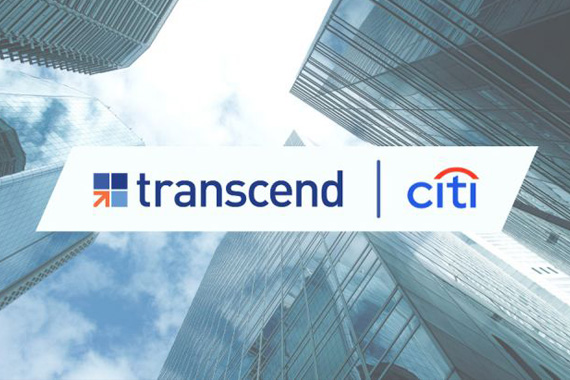A Connected Collateral Ecosystem
Recent advances in collateral management technology – from algorithms to advanced analytics – are revolutionising the opportunities available to firms seeking optimisation at an enterprise-wide level.
Firms are increasingly realising the advantages of adopting a more centralised and harmonised approach to managing collateral, and utilising the latest software solutions to inform decision-making. Bimal Kadikar, CEO at Transcend, says: “Forward-looking firms have recognised that optimising collateral and liquidity across an enterprise, as well as within business areas, can drive efficiencies and deliver wider strategic benefits.”
According to Kadikar, there are some vital steps firms should take to ensure they are leveraging collateral as effectively as possible. The foundational step is real-time visibility into their collateral inventory across business lines and locations. Once firms have a comprehensive view of their collateral obligations, positions, and agreements, they will find themselves in a stronger position for determining how best to optimise their collateral ecosystem and, importantly, for putting that plan into practice. This should be accompanied by a mechanism to monitor the impact of these changes, including performance metrics and data analytics that allow for continued optimisation.
For firms that have legacy systems, replacing or re-engineering these in order to achieve an optimal approach may appear a tall and costly order. However, modular technology solutions, such as those developed by Transcend, connect and link disparate datasets, enabling firms to achieve visibility across these systems. This promotes greater collaboration from the front-to-back office and between desks, driving better business results for the enterprise.
“Having a connected ecosystem also helps firms meet a variety of regulatory obligations throughout the business,” points out Kadikar. This includes compliance with US Qualified Financial Contract (QFC) Recordkeeping regulations, which require firms to keep track of QFCs, corresponding agreements, the collateral positions or collateral posted/received associated with these, as well as the netting agreements that are in place for counterparties. When requested by regulators, reporting of the required information must be completed by 7am EST the following day.
“Even for the largest firms this is a formidable challenge,” says Kadikar. “We have been working with a number of US firms to implement our software to provide a common, integrated view across business areas.
“Although this is being driven by the regulations, there are numerous advantages to creating a connected ecosystem. We also often see other stakeholders emerge who would significantly benefit from it, for example, enterprise credit.”
This thought leader features in the Collateral in 2020 Guide. Download the full guide here.







